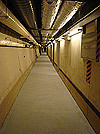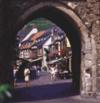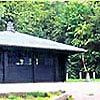Ahrweiler, the romantic district of Bad Neuenahr-Ahrweiler
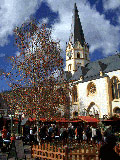
Ahrweiler is being mentioned for the first time "Arwilere“in 893 in a manor register of the abbey Prüm. This abbey had large properties in Arwilere. Ahrweiler belonged to the Ahrgau until 1100. The territorial sovereignty was exercised from1100to 1246 by the earls Are; it shifted from them in 1246 to the earls of Hochstaden from the archbishopric Cologne, who stayed territorial lords until 1794. Archbishop Konrad von Are-Hochstaden, who confirmed the Ahrweiler's town charter in1248, appointed the town together with Bonn, Neuss and Andernach also as capital of Kur-Cologne. According to this political and strategic importance the territorial lord Ahrweiler ordered the building of a fortification. Moat, town wall, gates and towers from the 13th centuryhave nearly all been preserved till today. The town was beleaguered, pillaged and threaten to be burnedduring the Thirty-Year War(1633, 1642, 1646); all but 10 houses were completely destroyed during the 3rd French plundering war on the 1st of May 1689.
Ahrweiler was under French reign from 1794 to 1814, followed by Prussian affiliationfrom 1815to 1945.Ahrweiler had to endure the last hostile attacks in 1944 and 1945. The southern part of the city centre was totally destroyed by bombs. But again the city administration and citizenry organised the rebuilding.
If you are a friend of antiquity and visit Ahrweiler, you will be quite taken by the St. Laurentius parish church (1269) –oneof the first gothic hall churches of the Rhineland – by the nearby Ursulines' mother house"Calvarienberg" (1638), by cosy streets and alleys with old and new half-timbered houses as well as treasures from different epochs that are exhibited at the Städtische Museum.
Source: www.bad-neuenahr-Ahrweiler.de
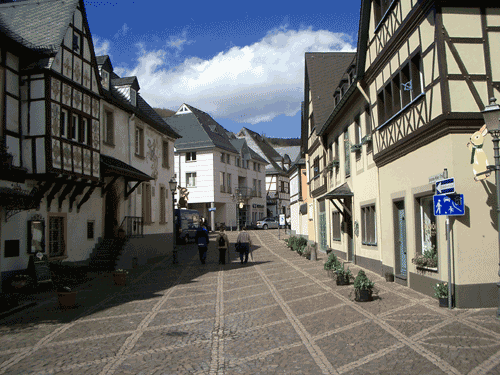
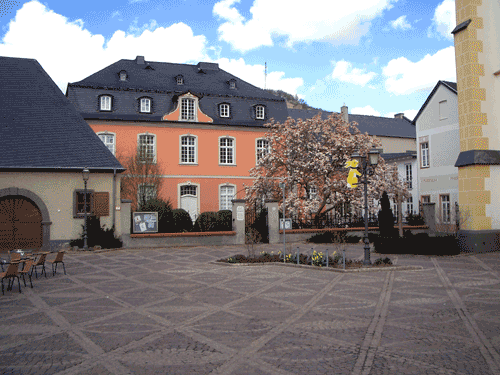

 Deutsch
Deutsch Nederlands
Nederlands Dansk
Dansk Österreichisch
Österreichisch Po Polsku
Po Polsku
























